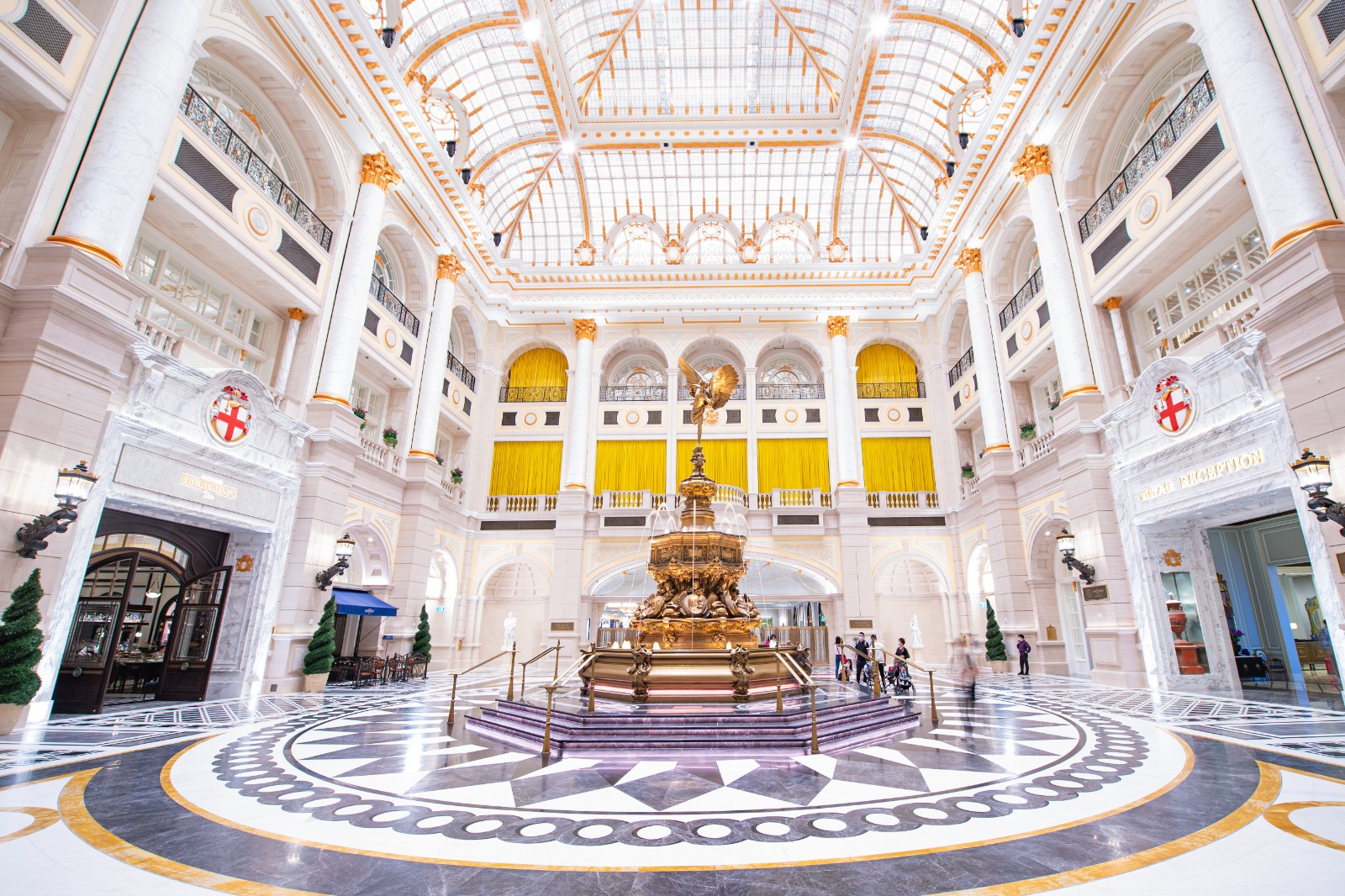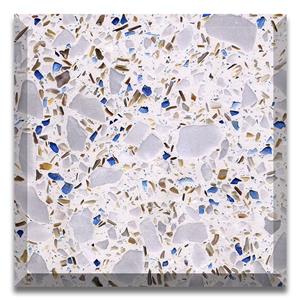Marble Buying Guide & Maintenance Tips
Marble Buying Guide & Maintenance Tips
In recent years, the use of marble flooring and surfaces has seen a remarkable resurgence in both residential and commercial architecture. Whether one is restoring a classic villa or designing a modern minimalist home, marble remains a cornerstone of high-end interior finishes. But behind its gleaming surface lies a complex world of stone types, finishes, sourcing decisions, and long-term care. This article offers a detailed, professional guide to selecting and maintaining natural marble, artificial marble, marble slabs, and achieving perfection in how to polish marble.

Among all decorative stones, natural marble stands out for its geological authenticity and singular appearance. Formed deep within the Earth over thousands of years, this metamorphic stone is composed primarily of recrystallized carbonate minerals. Each piece of natural marble exhibits unique veining, texture, and color patterns, making it especially desirable for feature walls, countertops, and premium marble flooring applications.

In contrast, artificial marble—a man-made material created by combining crushed stone, resins, and pigments—has emerged as a cost-effective and visually consistent alternative. While it cannot replicate the unique natural randomness of natural marble, artificial marble compensates with its easy maintenance, consistent appearance, and broad palette of color options. It is especially popular in prefabricated vanities, shower walls, and budget-friendly flooring options.
The choice between natural marble and artificial marble is not merely aesthetic—it also involves considerations of cost, maintenance, environmental exposure, and expected longevity. For high-traffic areas like lobbies and hallways, marble flooring must not only look elegant but also resist wear and staining. Natural options such as Carrara or Calacatta provide a classical visual effect but require sealing and careful maintenance. Meanwhile, artificial marble can handle greater daily abuse with less frequent care, making it ideal for families and commercial spaces.

When selecting marble slabs, experts advise direct inspection prior to purchase. Marble slabs cut from the same stone block offer greater consistency in grain and color tone—an essential factor for large spaces requiring seamless flow across walls or marble flooring. Thickness is another consideration: standard marble slabs come in 2 cm or 3 cm options, with thicker cuts offering greater durability, especially for heavy-use countertops or staircases.
Professional installers often stress that the finish of the stone—whether polished, honed, or brushed—affects not just aesthetics but safety and maintenance as well. Polished marble flooring is elegant and mirror-like but slippery, especially when wet. Honed finishes offer a matte, non-reflective surface, and are preferred in bathrooms or kitchen floors. Artificial marble can be produced with any of these textures and is often pre-finished at the factory for uniformity.

A growing number of architects and developers now combine both natural marble and artificial marble within the same project—using the former in focal points like foyers and the latter in utility zones. This blend allows designers to balance luxury with practicality.
Of course, owning marble—whether natural or artificial—requires understanding how to polish marble and protect it from deterioration. Marble’s surface, especially if unsealed, is susceptible to stains from oils, acids, and colored liquids. For example, even a few drops of lemon juice can etch polished marble flooring in seconds. That is why sealing is considered mandatory for any natural marble installation.

Maintaining brilliance starts with daily care. Cleaning should always involve pH-neutral stone cleaners and soft cloths. Abrasive materials should be avoided entirely. Regular dusting and prompt wiping of spills go a long way in preserving shine and structure. Over time, however, dullness may naturally occur. Knowing how to polish marble becomes essential, whether for a luxurious kitchen counter or a heritage marble slab feature wall.
The polishing process generally begins with deep cleaning. Once the surface is free from grime, a marble polishing powder or cream is applied, followed by buffing using a microfiber cloth or a rotary buffer for larger areas. Commercial marble flooring applications may require industrial-grade machines. The final stage often includes applying a penetrating sealer to ensure stain resistance.

While artificial marble does not demand the same intensive care as its natural counterpart, it still benefits from regular cleaning and occasional re-polishing to maintain clarity and depth. Many consumers mistakenly assume artificial marble is scratch-proof or stain-proof—it is not. While it is less porous, harsh chemicals or abrasive pads can still degrade its surface over time.
One often-overlooked detail is the environmental impact of marble sourcing and production. Imported natural marble slabs may carry a significant carbon footprint due to long-distance shipping. Meanwhile, some manufacturers of artificial marble are turning to recycled aggregates and low-emission resins to minimize environmental harm. Buyers seeking sustainability certifications should inquire about sourcing practices and manufacturing credentials before purchase.

It is also important to consider how marble flooring or surfaces will perform under local climate conditions.
In tropical climates, marble flooring feels naturally cool underfoot, adding comfort to interior spaces.
In colder regions, pairing marble with radiant underfloor heating is increasingly popular, but may require
special installation expertise due to marble’s density and thermal behavior.
From a design standpoint, the beauty of marble slabs lies in their adaptability. Designers use bookmatching techniques to create mirror-image veins, particularly in lobby walls and master bathrooms. Waterjet cutting allows for complex inlays and custom floor medallions using multiple colors of natural marble. Artificial marble, meanwhile, is used in modular systems where speed, weight, and predictability are priorities.
Whether you're a homeowner, developer, or interior designer, understanding how to polish marble and how to differentiate between natural and artificial options ensures a smarter investment. Poor maintenance or low-grade selection can easily diminish the lifespan and value of the stone.
From selecting the right marble slabs to learning how to polish marble effectively, homeowners and professionals alike must navigate a blend of science, aesthetics, and discipline. Both natural marble and artificial marble have their roles to play in modern construction and design. When chosen wisely and cared for properly, marble does more than decorate a space—it defines it.






